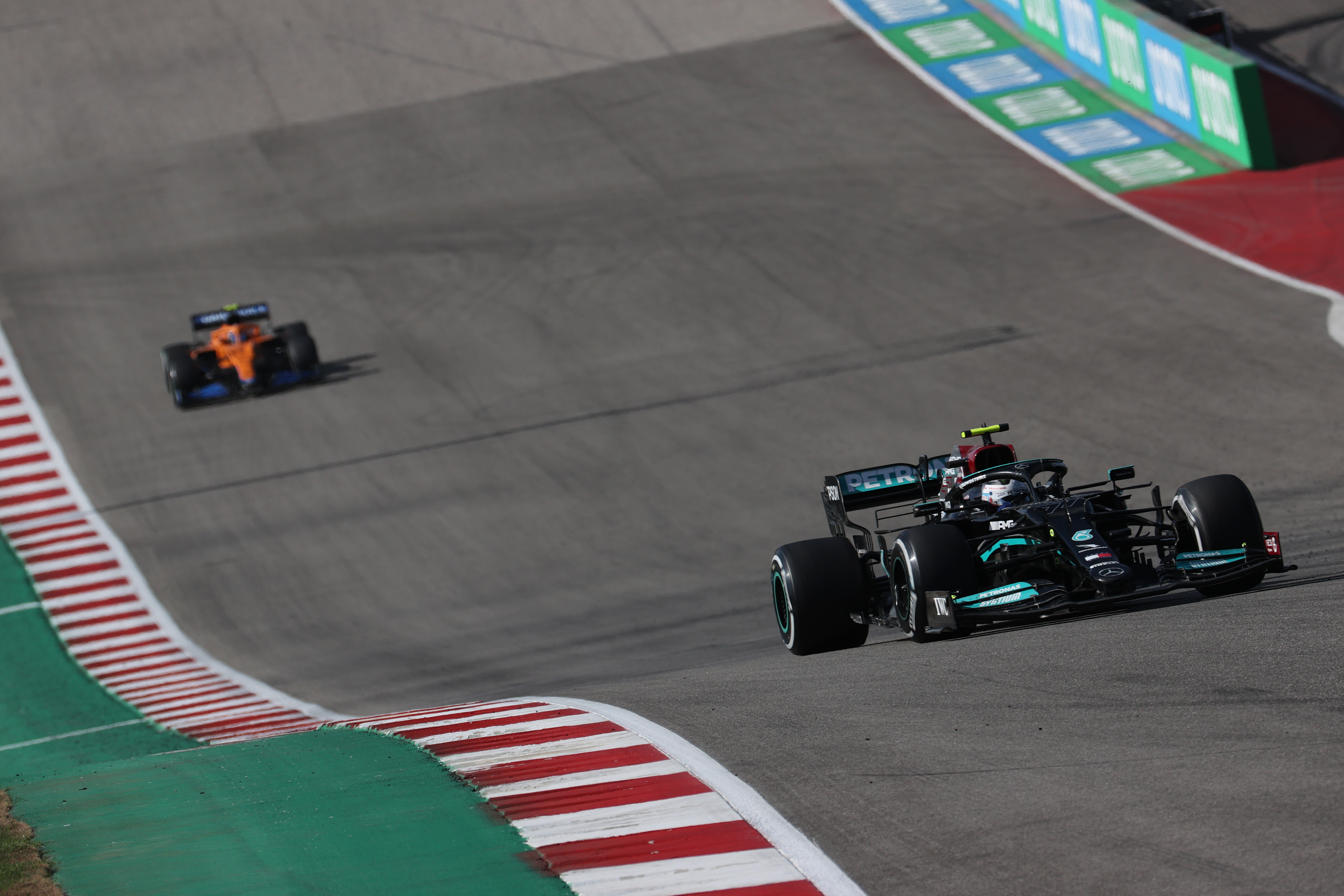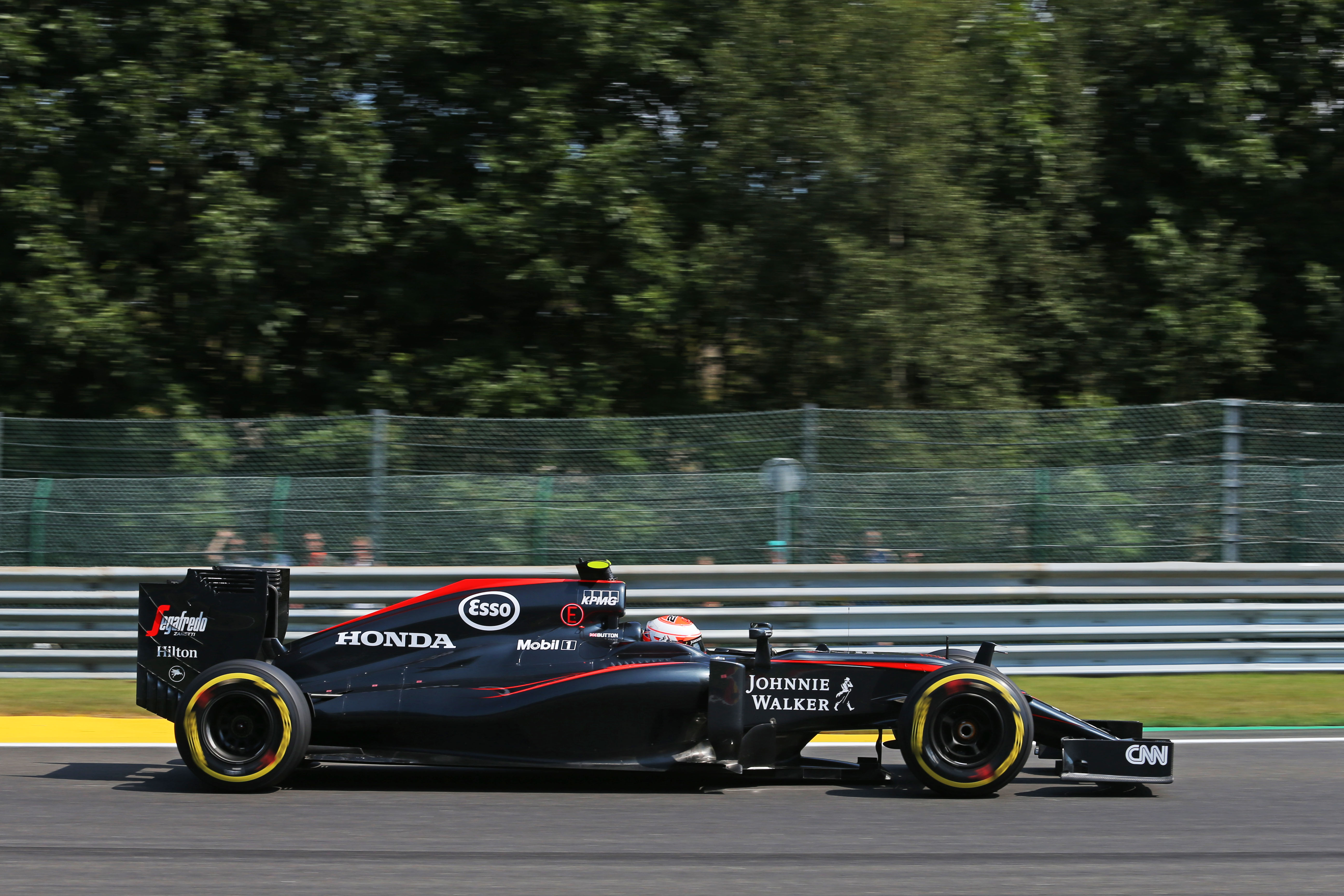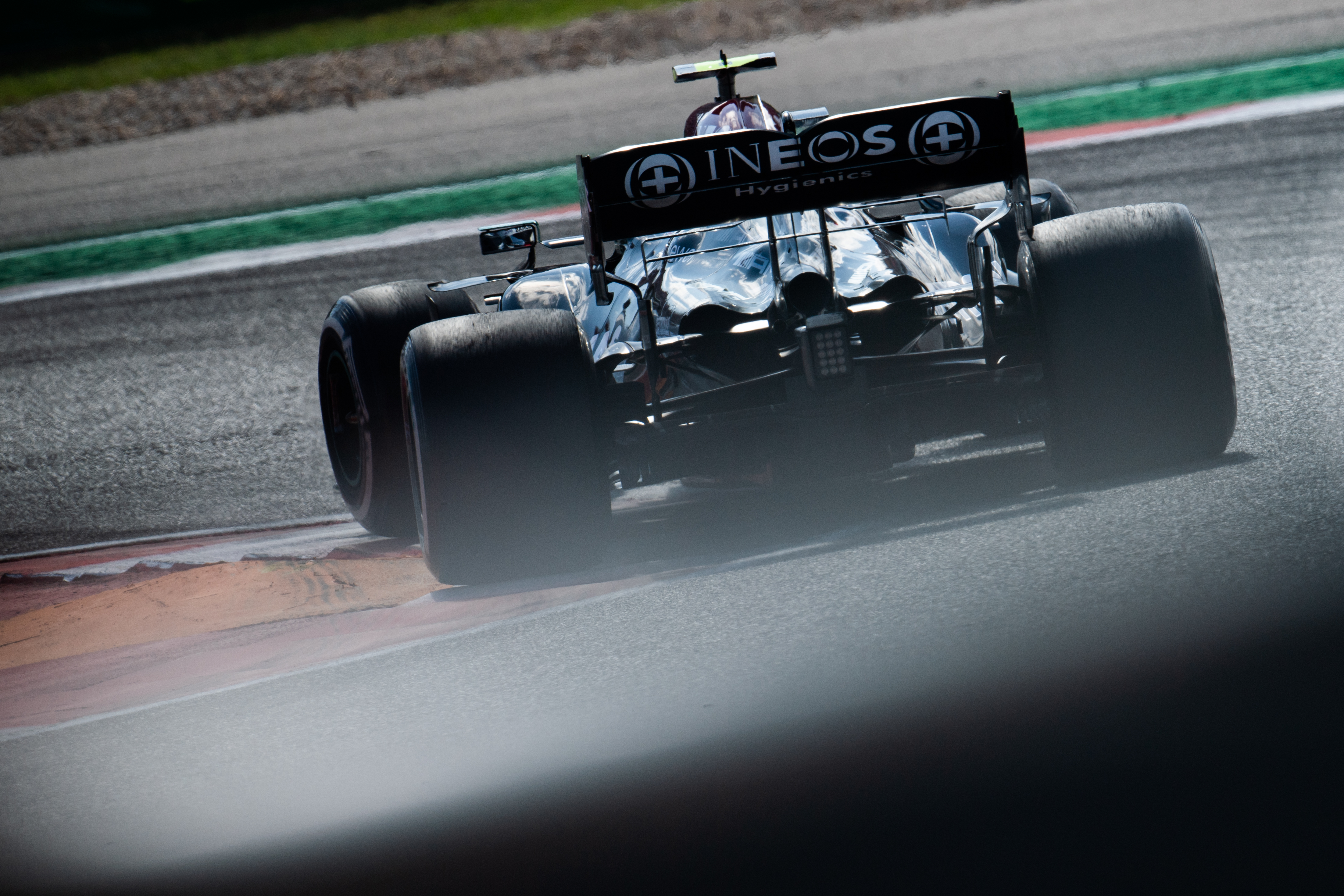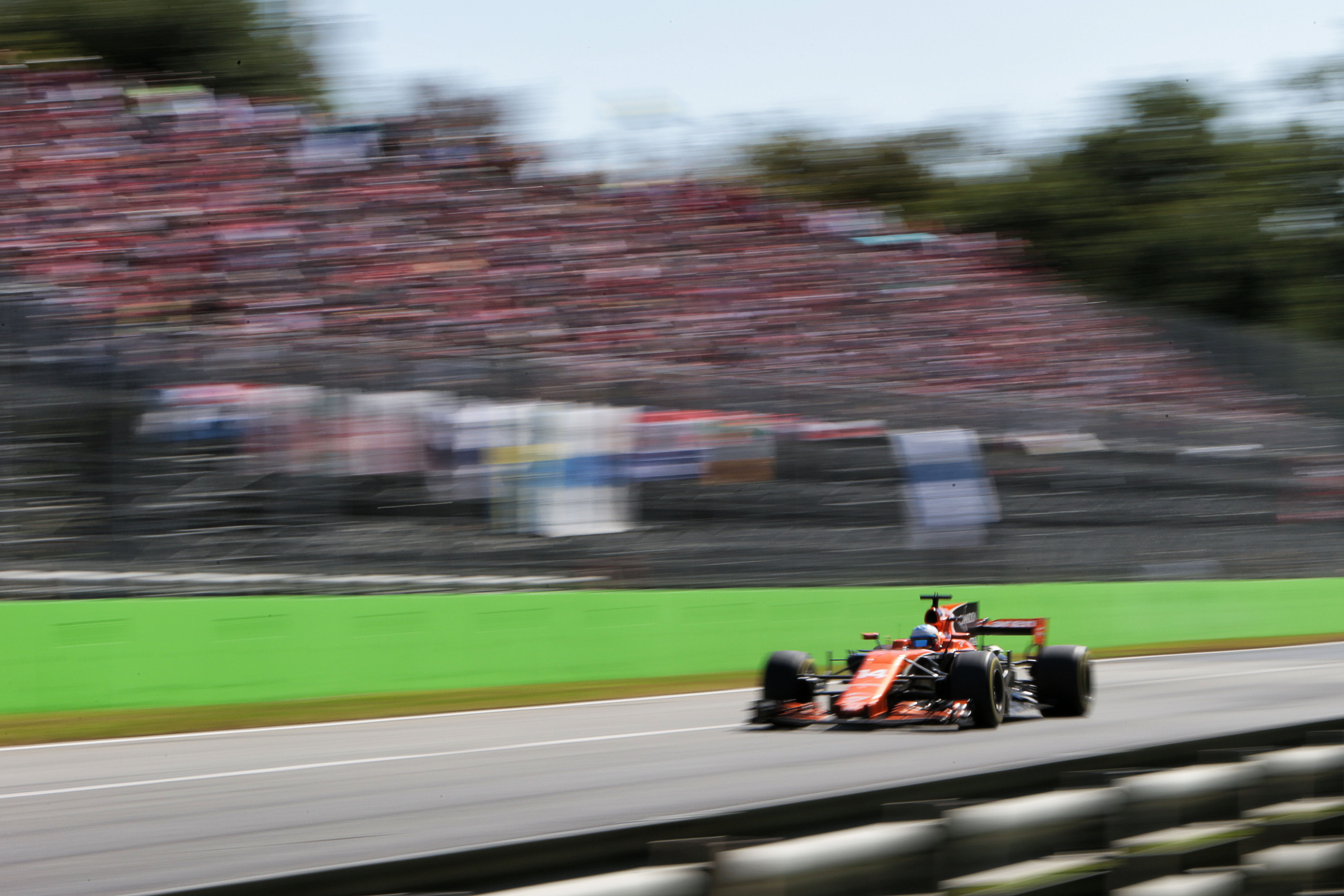Up Next

It’s not often a repeat offence warrants a more lenient punishment but there’s a quirk in Formula 1’s rules, described as “almost an anti-embarrassment regulation”, that creates exactly that scenario.
Since 2018, F1’s power unit restrictions have been applied as follows.
The first time a driver exceeds their seasonal allocation of a specific element, they get a 10-place grid penalty.
The next time they need a new example of that element, it is only a five-place grid penalty.
If there are multiple offences that add up to more than a 15-place penalty, the driver is required to start from the back of the grid.
Within this is the unusual situation where the repeat offence gets a lighter punishment than the first – so a fourth internal combustion engine merits a 10-place grid drop, but a fifth or a sixth (like Valtteri Bottas has had) is only worth five places.
Mercedes boss Toto Wolff says this is born from the days when Honda had a woefully unreliable power unit after initially joining the championship and was picking up regular penalties.

“When you are in a situation that it’s just going terribly wrong and you need to change engine parts or complete power units, you shouldn’t be penalised every single race to go back to the grid or lose 10 places,” says Wolff.
“So it’s almost an anti-embarrassment regulation.
“And I think that’s OK, but obviously we need to look at how we are doing it in the future.”
The early version of the grid penalty rules in the V6 turbo-hybrid era were far more draconian.
In 2014, when drivers could use five of each component over the season, it was initially decreed that a driver must start from the pits if they replaced a complete power unit.
Using any component a sixth time earned a 10-place penalty but a sixth of any other component after that was only worth five places. The same system would for seventh or eighth components and so on.
But there was no ‘automatic back of the grid start’ provision then and in 2014 the rules stated that if the full penalty could not be applied, the remainder of the penalty would be applied at the driver’s next event.
In 2015 this was tweaked but for the first half of the year, large penalties that could not be served as a grid drop would be translated into in-race time penalties.
F1 learned the error of its ways though. Midway through the season, this rule was dropped – which allowed McLaren to serve a combined 105-place grid penalty at the Belgian Grand Prix by starting on the back row of the grid.

And the penalty rules have been simplified since with the ‘10 places for the first extra element, only five places for each element after that’ provision.
Since F1’s manufacturers have got increasingly more reliable through the current engine era, multiple penalty-inducing changes would usually reflect a serious problem rather than be a deliberate move for strategic reasons.
The grid penalties exist as a means of keeping costs down – manufacturers are encouraged to build an engine that’s more reliable rather than spend money chasing performance gains and then regularly switching engines as they fail.
As it is marginal to get through a 22-race season on three power units, switching to a fourth would come with a serious advantage.
If a team is requiring five, six or seven engines, they are unlikely to be chasing gains and are instead dealing with a serious problem, hence the desire to punish that less.
While that is inherently sensible it has allowed for some minor strategic gaming this year.
With Mercedes facing reliability problems, it has played the system as best it can.

In the United States, Bottas switched to his sixth ICE of the season – but Mercedes changed nothing else, so he only dropped five places.
Mercedes has admitted it was a play to get to the end of the year with the best balance of performance and reliability.
Arguably that’s not completely in the spirit of an “anti-embarrassment” rule but it is a rare example of exploitation if it can even be called that.
And there are no signs that F1’s engine penalty rules will change any time soon.
“Every team’s racing to exactly the same regulations,” says FIA race director Michael Masi.
“They all know from the start of the year how many power units, how many gearboxes, how many various elements, exhaust, they are going to have.
“Any team, particularly in the championship fight but anyone, is always going to try and get as much of a competitive advantage that you need.
“I wasn’t around when that [original, harsher system] was there, but I do remember that the old power unit penalty system where if I can recall correctly watching on television, it was something like 60 place grid penalty and all the rest of it.

“So that was all tidied up accordingly for that basis.
“We need to remember that the regulations that we have in place regarding power unit have been there for a number of years now, they’ve been consistent.
“And all of those have developed with all of the teams, the FIA and F1.
“So it’s not just ‘this is what it is’ – it’s collectively developed and agreed upon before it’s implemented.”








